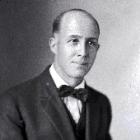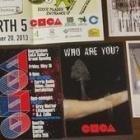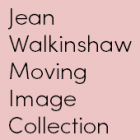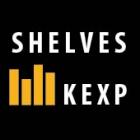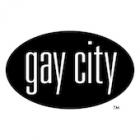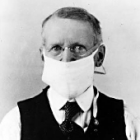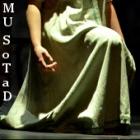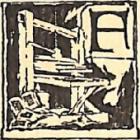
Man, You scRipt all the Pages Out: Digital Fragmentology of a 1551 Manuscript and a Recommendation for Best Practice in Special Collections Digital Reproductions
Between 1926 and 1968, a rare bookseller removed leaves from a 16th century German manuscript to sell to collectors and libraries. This process diminished the leaves’ original context and usefulness to researchers today. We tracked down 26 of these leaves in an attempt to create a digital reconstruction of the original bound manuscript and learn additional information about the anonymous author(s) of this work. Through this process, we also evaluated 24 libraries’ reproduction request policies in order to create a recommendation for best practice for digital reproduction requests of Special Collections materials for Stanford University Libraries.

